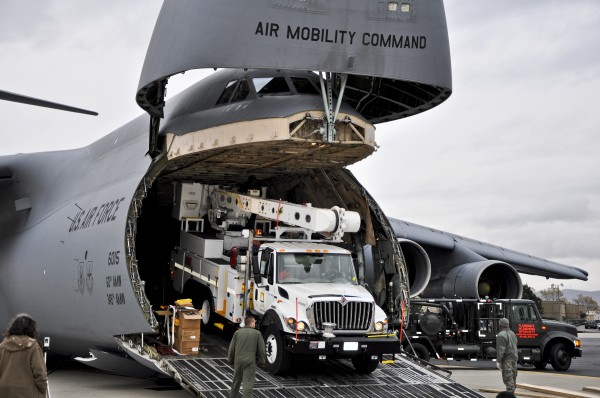
Pomodoro Pizzeria & Pasta on East Putnam Avenue in Riverside, like hundreds of other businesses lining Route 1 in Fairfield County, was not spared the brunt of Hurricane Sandy”™s wrath.
But because owner Mark Mazzotta had rented a portable generating unit prior to the storm”™s arrival, the restaurant was able to remain open almost uninterrupted despite power outages that swept through the coastal areas.
“We were fortunate enough to stay open,” Mazzotta said, adding that the restaurant saw about triple its normal sales volume throughout the week. “Virtually every restaurant was closed at one point in Greenwich. Here, there were lines out the door.”
Fairfield County witnessed a massive post-storm mobilization of resources as federal, state and local government entities teamed with utilities and the nonprofit sector to restore electricity to the county”™s business districts and to assist residents and businesses displaced by Sandy.
Connecticut Light & Power (CL&P) and United Illuminating (UI) Co. reported just more than 1,000 remaining outages statewide as of Nov. 7, after the storm initially knocked out power for more than 1 million customers.
Utility crews from as far as the West Coast were flown into the region by the U.S. Air Force to assist with power restorations as the Federal Emergency Management Agency (FEMA) established fixed and mobile disaster recovery centers in Bridgeport, Greenwich, New Haven, Milford and other parts of the state to assist homeowners and businesses that sustained damage and economic losses as a result of the storm.
As of Nov. 5, FEMA had already allocated $1 million to residents in the state”™s four counties that received federal disaster declarations. In addition, more than 7,400 National Guard soldiers and airmen in nine states were deployed to assist with recovery efforts.
Speaking Nov. 1 in Bridgeport, Secretary of Homeland Security Janet Napolitano pledged the federal government”™s full support.
“We need to begin helping people get back in their homes. We need to be helping communities get restored. We need to make sure the infrastructure of this state is made whole,” Napolitano said. “We understand the urgency of the situation.”
Gov. Dannel P. Malloy said the state was better prepared than when Tropical Storm Irene hit 14 months ago, adding that both utilities met their respective internal targets for having the lights back on for most customers by the evening of Nov. 5.
“I certainly want to capture the lessons learned,” Malloy said at a Nov. 5 press conference in Hartford. “Having said that, there”™s no doubt that the state was substantially better prepared.”
Because more than 10 percent of each utility”™s customer base was out of power for more than two days, both will be subjected to state-mandated post-storm reviews by the state Public Utilities Regulatory Authority, Malloy said.
In Riverside, Mazzotta estimated a weeklong outage would have cost his restaurant “at least $50,000” in lost food and business.
Mazzotta said that after having had a generator during Irene last year, he arranged to have a portable generator delivered from Northeast Generator Co. in Bridgeport the morning before Sandy made landfall.
He estimated that overall expenses relating to the weeklong generator rental were about $5,000, including electrician fees and the cost of fuel.
Now, Mazzotta said he is considering having a transfer switch installed at his restaurant, which would enable him to connect a rental generator seamlessly without requiring the services of an electrician.
“Because it”™s getting ridiculous,” he said. “We”™re at a point where you”™re out of business for a week, you go bankrupt.”
Northeast Generator Co., which services and installs permanent generator units as well as renting portable units, saw a significant uptick in residential generator installations following Tropical Storm Irene, said Joel Yencho, the company”™s general manager.
However, Yencho said that over the past year there was little change in demand for permanent or temporary units among area businesses.
“I wouldn”™t say that there was a real noticeable difference on the commercial end of things,” Yencho said, estimating that about 40 percent of the company”™s business is with commercial clients.
















